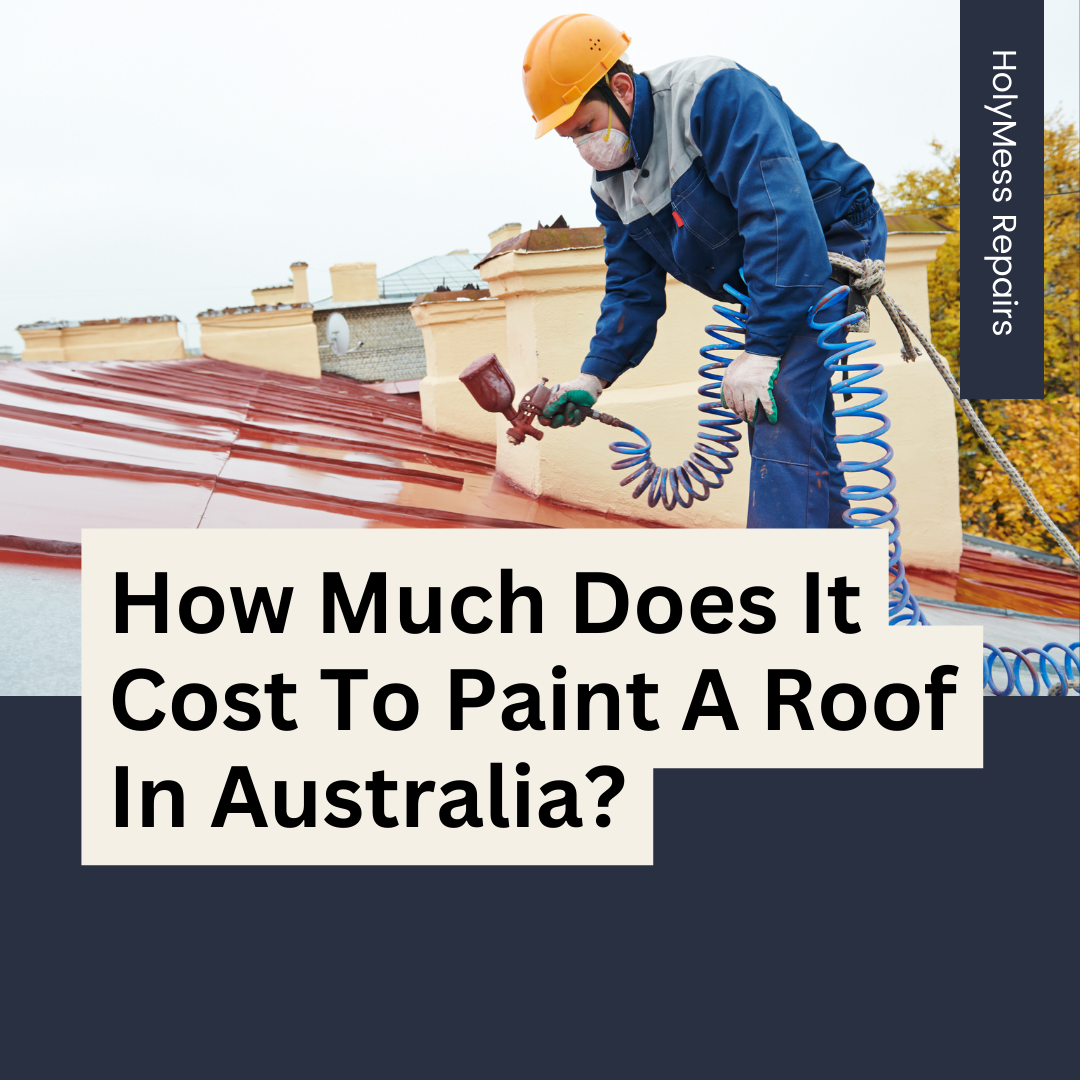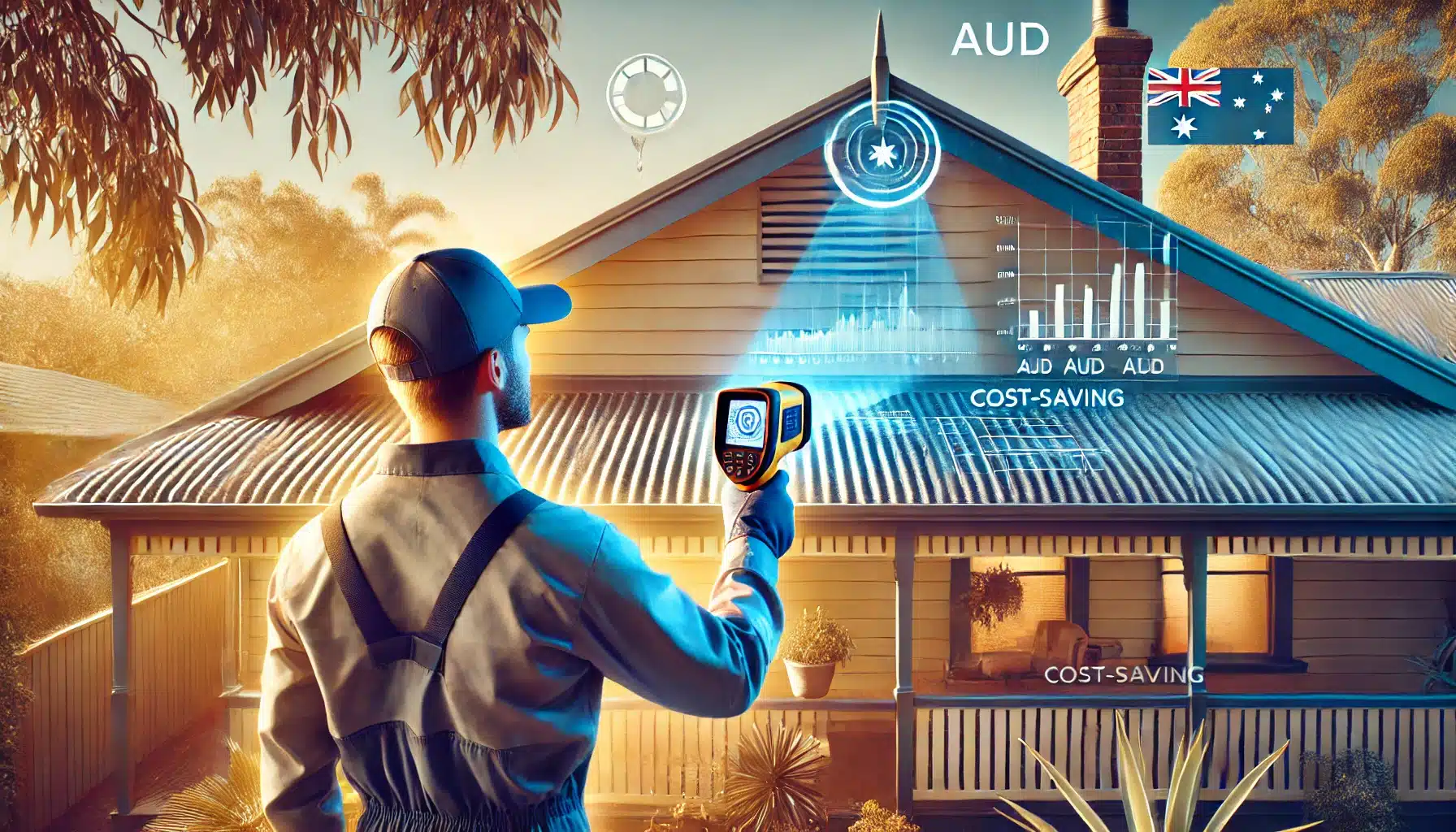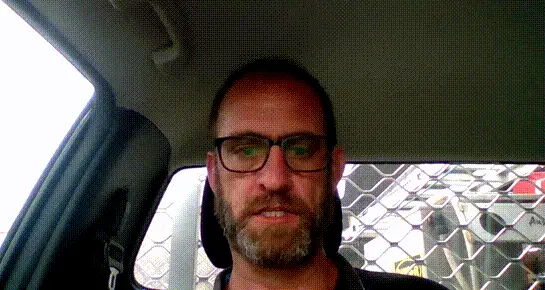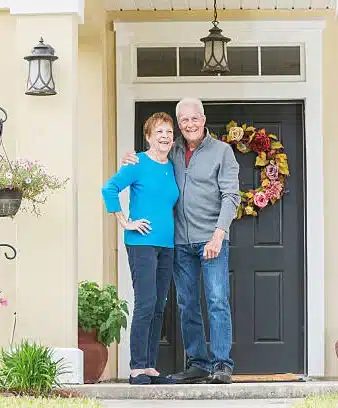
To receive your discount please fill in your details below.
It warms our hearts to see our valued HEROES being taken care off.




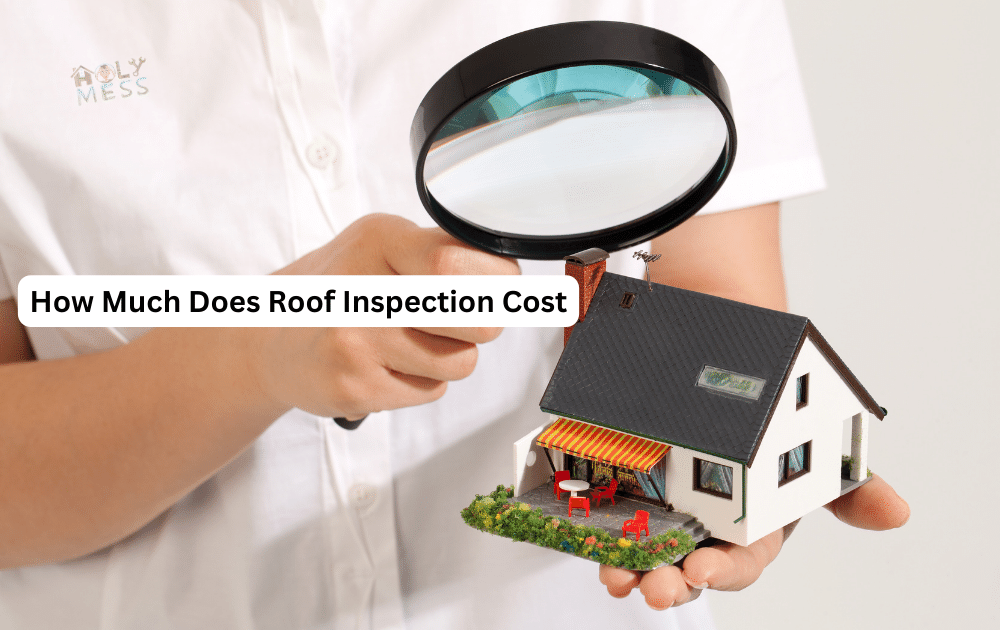
In Melbourne, Victoria, the price for inspecting a residential roof typically ranges between $200 and $400.
Generally, for a standard residential property in Australia, the price for roof repair can range from $200 to $400. In metropolitan areas like Sydney and Melbourne, these costs might lean towards the higher end due to increased demand and operational costs. For those looking specifically for services like roof inspection Melbourne, you might find the prices even more variable.
It’s also common for insurance companies to pay a flat rate, typically around $300, for roof assessments conducted by professional roofers. Keep in mind that prices may vary based on specific requirements and the current market trends.
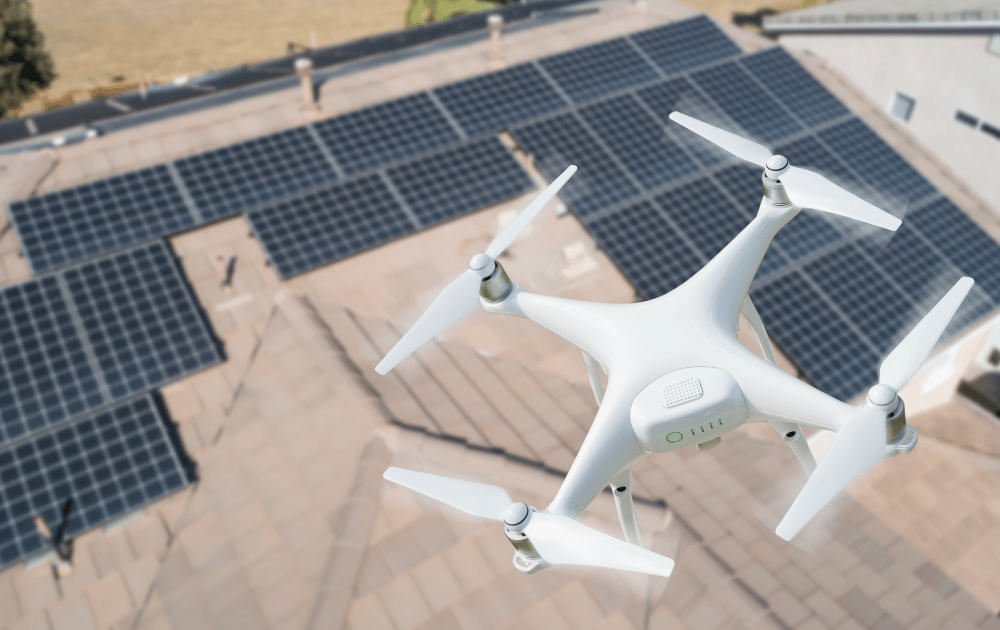
For Australian homeowners, understanding the cost of roof inspections is key, and it’s often tied to the size of the roof. Here’s a handy guide to help you estimate what you might pay, based on average roof sizes in Australia:
Australian roof inspectors often consider the size of the roof when quoting prices. Some may charge per square foot, while others prefer a tiered pricing model based on size categories.
For instance, one price might apply to roofs under 1,500 sq. ft., a different rate for those between 1,500 and 3,000 sq. ft., and a higher fee for roofs exceeding 3,000 sq. ft.
Remember, these figures are based on the standard pricing structure observed across Australia, and actual costs can vary based on specific circumstances and market changes.
Ever wonder what a roofing expert is looking for when they clamber onto your roof?
It’s not just a casual walkover. This detailed inspection involves a keen eye and expert knowledge to ensure your roof is in top shape.
Let’s examine some of the things professionals check to ensure your roof is solid, secure, and weatherproof.”

Pipes, skylights, and chimneys are roof penetrations. To prevent leaks, roofing contractors inspect these locations.
The inspection of roof pipes includes examining the neoprene boots, which seal the pipes. Over time, these boots may break and leak. These concerns must be caught early.
Skylights must be checked for flashing, the metal strip that seals the edges, and seals. These parts prevent skylight water infiltration.
Contractors inspect chimney flashing, masonry, and caps. Roofing specialists can remedy flashing difficulties, but more sophisticated chimney repairs, such as mortar or construction issues, may require a chimney repair service.”

Roof inspectors give special attention to gutters and downspouts.
They meticulously search for blockages, misalignments, and any indications of rust or deterioration.
It’s essential for these components to work flawlessly, as they play a crucial role in steering water away from the roof and the building’s foundation, thereby safeguarding against water-related damage and maintaining structural integrity.”

During a roof inspection, a critical eye is given to flashings and sealants.
Flashings are essential metal strips installed in leak-prone areas like where the roof meets a chimney, around vents, or in the valleys where roof planes intersect.
Roofing Inspectors thoroughly examine these flashings for any signs of rust, visible cracks, or areas where they may have come loose. These issues can lead to leaks and water damage inside the house.
This comprehensive check of flashings and sealants is more than just a surface glance. It’s about ensuring that every barrier against water ingress is intact and functional.

One of the most important parts of any roof checkup is checking the ventilation in your attic. Good ventilation in the attic is important for the life of your roof and can even affect how energy-efficient your home is.
If your attic doesn’t have enough ventilation, too much hot or cold air can build up. This can damage your roof and void any warranties on the materials used. A well-ventilated attic keeps the temperature even, lowering the risk of damage from temperature changes.
Roofing experts also pay close attention to the roof vents during the inspection. They check for any blockages or signs of damage to make sure the vents are working as they should. Roof vents that work properly are important for moving air around and keeping the attic healthy.
Keep in mind that not all roofing contractors will actually go into your attic to check the ventilation. If this happens during your inspection, don’t be afraid to ask about the condition of your attic’s ventilation system. Making sure it’s working right is an important part of keeping your roof healthy overall.
An important part of a roof check is finding out how much longer your roof will last. The material used determines how long a roof lasts, but it can be anywhere from 20 to 100 years.
If the roof is installed correctly, it should last close to its maximum predicted lifespan. A professional check, on the other hand, is the only way to know for sure how much longer your roof will last.
If the inspection shows that your roof still has a lot of life left, now is a good time to make some small repairs, like tightening up any loose nails, to keep leaks from happening again.
While the size of the roof is a major determinant of inspection costs, other elements can also significantly affect the price. Let’s break down how different types of inspections, additional tests, and other factors might impact your budget.
Physical Roof Inspection: Ideal for smaller and average-sized roofs that are easily accessible and not too steep.
| Cost Range | $75 to $200 |
This is the standard inspection method, where the inspector examines the roof’s exterior using a ladder and also checks indoor areas like walls, ceilings, and attics.
Drone Roof Inspection: Ideal for roofs that are hard to reach, very steep, or to examine areas not visible from the ground or accessible points. To do this, a professional drone pilot must take detailed pictures of the roof.
| Cost Range | $150 to $400 |
Infrared Roof Inspection: Ideal for identifying hidden moisture in flat or low-sloped roofs and detecting insulation cracks.
| Cost Range | $400 to $600 |
Also known as an infrared thermoscan, this inspection uses thermal imaging to uncover hidden issues like wet insulation.
Remember, an inspector might choose not to physically go onto a roof if it’s deemed unsafe. In such scenarios, alternative methods, like drone inspections, are recommended. The type of inspection you’ll need depends on your specific roof’s characteristics and the potential issues you’re trying to identify.”
A roof inspection is an essential aspect of maintaining the overall health and safety of your home. But when exactly is the right time to have your roof inspected? Here’s a detailed guide to help you understand the best times to schedule a roof inspection.
1. After Extreme Weather Events
2. As Part of Regular Home Maintenance:
3. When Buying a New Home:
4. Before Selling Your Home:
5. When Your Roof Reaches a Certain Age:
Understanding when and why to get your roof inspected is more than just a maintenance routine; it’s an investment in the safety and longevity of your home. Whether it’s after a wild storm, as a part of your regular home care, or when preparing for a big move, a roof inspection is a smart step towards peace of mind. Remember, the roof over your head is as important as the foundation under your feet. Regular checks by professionals can help you avoid unexpected surprises and hefty repair bills, ensuring your roof remains in top condition year after year. Stay proactive, stay informed, and most importantly, stay safe under a well-maintained roof.
